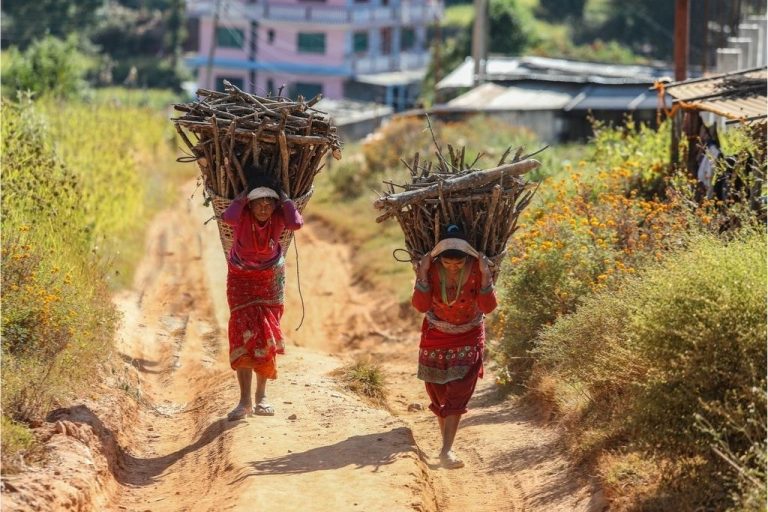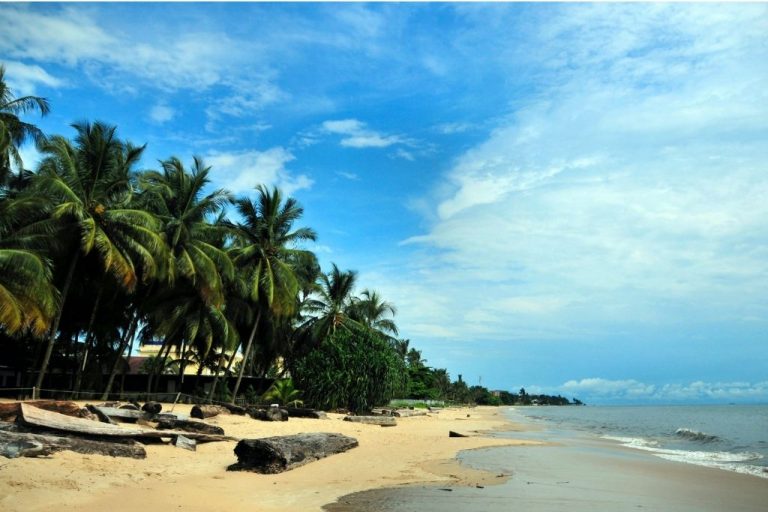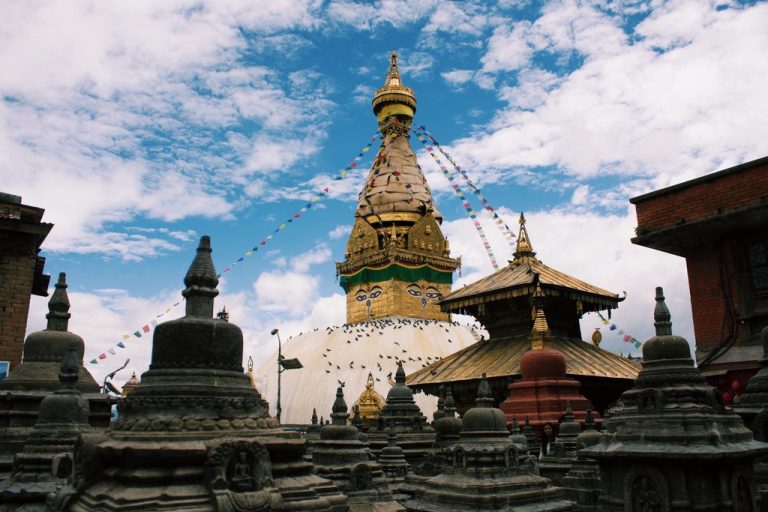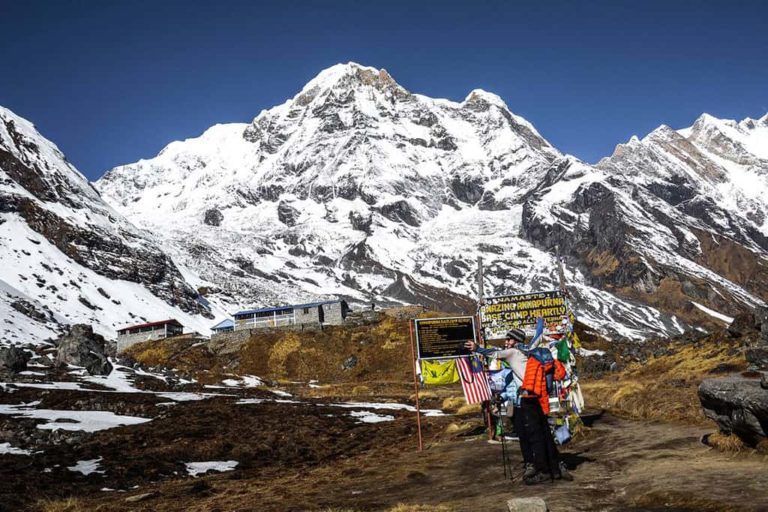Officially renowned as the Republic of Bulgaria, Bulgaria is a nation on the eastern part of the Balkan Peninsula. This southeastern European state is one of the oldest countries on the continent, founded in the 7th century.
Bulgaria is a great country to visit in Europe. It’s very modern with great shopping and good food. It’s also a wonderful destination to visit if you want to see beautiful ruins and explore history.
It is also renowned for its incredible natural diversity comprising mountains, the Black Sea Coast, rivers, lakes, hot springs, and plains.
It is also a safe country where there is political and religious harmony. The country has low rates of crime. Tourists can enjoy traveling to Bulgaria without the worry of being a victim of any crime.
Before Bulgaria was founded, ancient Rome, Greece, and Byzantium had a strong presence.
Before the country gained independence in the late 19th century, the Ottomans ruled the country for centuries. The country became a member of the North Atlantic Treaty Organization (NATO) in 2004 and the European Union (EU) in 2007.
Today the country has a variety of scenery. Its Black Sea resorts attract lots of tourists to the country.
The tourists can witness a mix of Eastern and Western cultures in its cuisine, architecture, and religious heritage.
Bulgaria Geography
Romania borders the country to the north, whereas the Black Sea bounds Bulgaria to the east, Turkey, and Greece to the south, Serbia to the west, and North Macedonia to the southwest.
Most of Bulgaria’s border is marked by the lower Danube River.
The country’s landscapes have a remarkable topographic variety. It has open lowlands, mountains cut by deep river gorges, and upland basins.
Bulgaria Climate
The country has a moderate continental climate which is mitigated by the Mediterranean influences in the south.
The average annual temperature of Bulgaria is 10.5 degrees Celsius. Usually, the temperatures are as low as -38 degrees Celsius and as high as 45 degrees Celsius.
Bulgaria gets annual precipitation of 450 mm in the northeast and more than 1,190 mm in the highest mountains.
There are heavy hailstorms between May and August, whereas the country’s lowlands get snowfall from mid-October to mid-May.
Bulgaria Nature and Wildlife
Bulgaria has rich plant and animal species due to its location adjoining many great Eurasian biogeographic zones.
These flora and fauna are central European and mixed with the Arctic and alpine characteristics in the high mountains.
The northeast and southeast regions have steppe species, whereas the south offers sub-Mediterranean and Mediterranean species.
You can visit the Rila National Park to see the local animals such as rock partridges, chamois, suslik, capercaillie, accentor, chough, wall creeper, bats, martens, and owls. You can also find one-third of the invertebrates of the country in this national park.
Fish species found in this national park are Balkan trout and common minnow.
Also, visit the Srebarna Nature Reserve, a UNESCO World Heritage Site housing a freshwater lake and a bird sanctuary.






